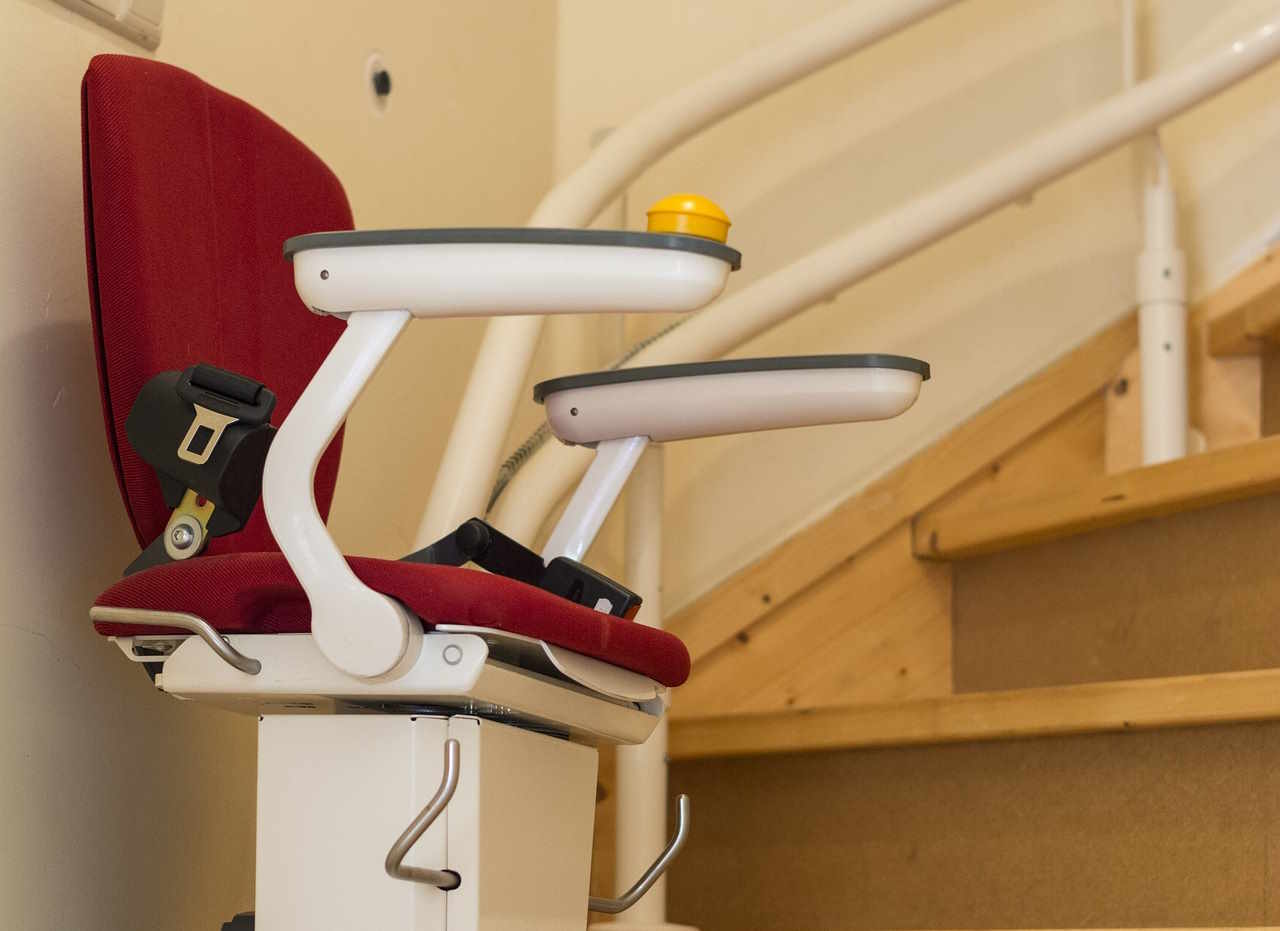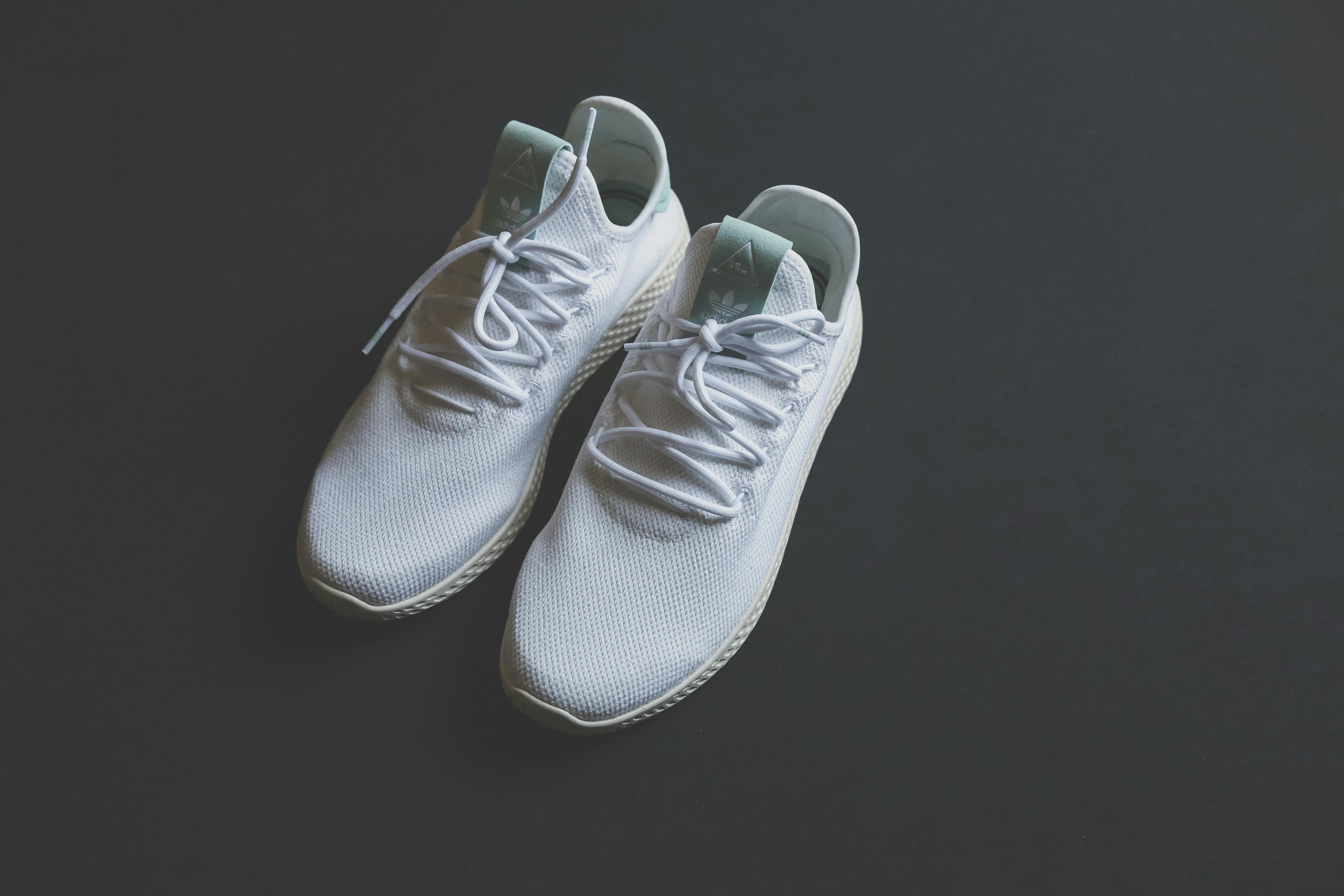Rise-and-Recline Chairs for Older Adults: A Practical Guide
Choosing a rise-and-recline chair can make everyday seating, resting, and standing safer and more comfortable for older adults and caregivers. This guide explains how these chairs work, what features matter most, how to size and position them in a room, and how to care for them over time, with practical tips for comparing real-world options and understanding typical costs.

Rise-and-recline chairs combine powered lifting and reclining to support sitting, resting, and standing with less strain on joints and muscles. By tilting the seat pan and backrest while elevating, the chair helps users transition to standing with a more upright posture and controlled movement. When reclining, many models redistribute weight to reduce shear and improve comfort for extended sitting.
This article is for informational purposes only and should not be considered medical advice. Please consult a qualified healthcare professional for personalized guidance and treatment.
How do rise-and-recline chairs work, and who benefits?
A rise-and-recline chair uses one or more electric actuators to control the backrest, leg rest, and lift function. Single-motor chairs move the back and footrest together, while dual- or multi-motor designs allow independent adjustment for more precise positioning. Users who may benefit include those with reduced lower-limb strength, arthritis, balance challenges, cardiovascular fatigue, or who are recovering from surgery. Caregivers can also benefit from reduced manual handling during transfers. Suitability depends on individual mobility, home layout, and any clinical guidance from occupational or physical therapists.
Which key features should you compare?
When comparing models, start with the lift mechanism and range of motion: consider single- versus dual-motor, wall-hugging designs for tight spaces, and whether the chair offers infinite or preset positions. Upholstery choices affect durability and hygiene; leather and vinyl-style performance fabrics are easier to clean, while woven textiles can feel warmer and more breathable. Controls should have large, backlit buttons, tactile symbols, and a simple layout. Look for a wired remote to avoid misplacement, or a docking pocket if wireless. Helpful extras include battery backup for power outages, adjustable headrest and lumbar support, heat and gentle massage (where appropriate), side pockets, and removable arm caps.
Safety and comfort: what matters most?
Stability starts with a wide base and a robust steel frame rated for the user’s weight, including a margin for clothing and daily items. Anti-entrapment design reduces gaps where hands or pets could be caught during movement. Pressure relief depends on foam density, contouring, and seat construction; some users benefit from memory foam or gel inserts, while others prefer firmer support. For transfers, ensure the chair rises high enough so the user’s hips are slightly above knee height, allowing a forward weight shift without excessive effort. Smooth, slow actuator speed helps reduce dizziness when transitioning between positions. Verify electrical safety certifications appropriate to your region.
Sizing, fit and room setup for daily use
Correct fit is essential. Measure popliteal height (floor to knee crease) to match seat height; knees should be near 90 degrees with feet flat. Seat depth should support most of the thigh without pressing behind the knees; a two- to three-finger gap is a useful check. Seat width should accommodate the hips with minimal side compression, while still providing arm support for pushing off. Check back height relative to the shoulders and head, especially if integrated headrests are used. In the room, allow clearance for full recline; wall-hugging chairs can sit closer to the wall. Place the chair near a grounded outlet, route cables away from walkways, and consider a low-pile rug or non-slip pads to limit creep on hard floors.
Care, maintenance, troubleshooting and replacement signs
Weekly: wipe upholstery with a suitable cleaner and check the handset cable and power cord for wear. Monthly: test the battery backup (if installed) and inspect fasteners and foot glides. Every six to twelve months: vacuum under cushions, check actuator mounting points, and assess cushion resilience. Common troubleshooting includes the chair not moving (check the outlet, power supply light, reset breaker, confirm handset connection), uneven motion (inspect for obstruction or loose fasteners), or remote failures (swap batteries if wireless, reseat connectors). Replacement indicators include sagging cushions that no longer recover, noticeable tilt to one side, loud grinding, slowing actuators, cracked upholstery exposing foam, or when the user’s needs outgrow the chair’s adjustability or weight rating.
Rising chairs vary widely in cost depending on motors, upholstery, customization, and regional market. Entry-level models typically start in the lower hundreds, while multi-motor, larger-capacity, or custom-upholstered chairs can reach several thousand. Delivery, in-home setup, and extended warranties may add to the total. Funding or insurance coverage differs by country and insurer; eligibility, documentation, and approved models vary, so local verification is essential.
| Product/Service Name | Provider | Key Features | Cost Estimation |
|---|---|---|---|
| VivaLift Atlas Plus 2 | Pride Mobility | Dual-motor, power headrest and lumbar, footrest extension, USB handset | USD $1,199–$1,899 |
| MaxiComfort Cloud PR-510 | Golden Technologies | Dual-motor, zero-gravity style positioning, plush cushioning | USD $1,499–$2,299 |
| Pinnacle Platinum Power Lift Recliner | La-Z-Boy | Power lift with independent back/leg control, various fabrics | USD $1,299–$2,399 |
| Markridge Power Lift Recliner | Ashley Furniture | Single-motor, compact frame, easy-clean upholstery options | USD $599–$899 |
| Linton Rise & Recline Chair | HSL (UK) | Fitted sizing options, dual-motor configurations, custom fabrics | GBP £1,495–£2,495 |
Prices, rates, or cost estimates mentioned in this article are based on the latest available information but may change over time. Independent research is advised before making financial decisions.
Conclusion A well-chosen rise-and-recline chair can support safer standing and more comfortable rest, especially when it fits the user’s body and daily routine. Prioritizing stability, appropriate cushioning, intuitive controls, and reliable power backup helps the chair deliver dependable assistance. Reviewing real products, confirming measurements, and planning for maintenance will keep the chair useful as needs evolve over time.




